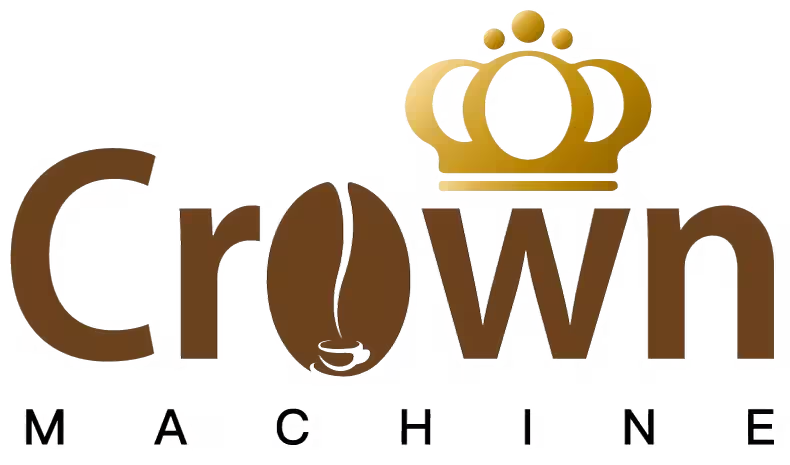Troubleshooting Uneven Grinding in Your Grinding Machine: A Comprehensive Guide
Uneven grinding can disrupt production quality and lead to material waste. Addressing this issue requires a systematic approach to identify root causes. Below are key areas to inspect and resolve common problems.
1. Check the Grinding Wheel or Abrasive Surface
- Wear and Tull Patterns: An unevenly worn grinding wheel often causes inconsistent results. Examine the surface for grooves, flat spots, or irregularities. If the wheel is worn unevenly, it may need dressing or replacement.
- Contamination: Residue from previous materials or cooling fluids can accumulate on the wheel, altering its cutting ability. Clean the wheel thoroughly with a specialized brush or solvent to restore its effectiveness.
- Balance Issues: Vibrations from an unbalanced wheel can lead to erratic grinding. Use a balancing tool to check the wheel’s equilibrium and adjust if necessary.
2. Inspect Workpiece Clamping and Positioning
- Secure Mounting: A loosely clamped workpiece may shift during grinding, causing uneven surfaces. Ensure clamps or fixtures hold the material firmly without allowing movement.
- Alignment Errors: Misalignment between the workpiece and the grinding wheel can create lopsided results. Verify that the material is centered and parallel to the wheel’s axis.
- Surface Flatness: Warped or uneven workpieces introduce inherent inconsistencies. Use a straightedge or precision gauge to check the material’s flatness before grinding.
3. Evaluate Machine Settings and Parameters
- Speed and Feed Rates: Incorrect rotational speed or feed rate can lead to over- or under-grinding. Adjust these settings based on the material’s hardness and the desired finish. Refer to the machine’s manual for recommended parameters.
- Coolant Flow: Insufficient coolant can cause overheating, leading to thermal distortion and uneven grinding. Ensure the coolant nozzle is properly positioned and delivering adequate fluid to the grinding zone.
- Depth of Cut: Taking too deep a cut in one pass may overwhelm the machine, resulting in chatter or uneven material removal. Reduce the depth and use multiple lighter passes for better consistency.
4. Examine Machine Maintenance and Calibration
- Lubrication and Bearings: Worn bearings or inadequate lubrication can introduce vibrations that affect grinding precision. Regularly inspect and lubricate moving parts according to the manufacturer’s guidelines.
- Calibration Drift: Over time, machines may lose calibration, leading to misaligned axes or incorrect tool positioning. Schedule periodic calibration checks to maintain accuracy.
- Structural Integrity: Check for cracks, loose bolts, or excessive wear in the machine’s frame. A compromised structure can cause instability and uneven grinding.
By methodically addressing these areas, you can identify and resolve the underlying causes of uneven grinding, ensuring consistent quality and efficiency in your operations.


